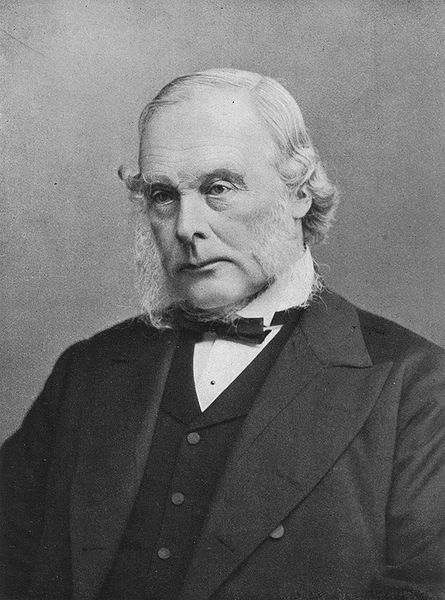As this will be the last post on my blog I thought it fitting to end with a discussion of the history of science communication itself. That is, to provide an overview of the major changes that have occurred over the past few hundred years in the way that science has been conducted and communicated.
During the 18th and early 19th centuries, scientists usually depended on patrons for financial support and credibility. Those with independent means funded their own research and papers were largely produced by those working in the private sphere.
At this time, science was popular for both education and entertainment. Ordinary people were exposed to scientific ideas through exhibitions and museums as well as public lectures and demonstrations. Members of the middle classes pursued academic hobbies and amateur scientists made breakthroughs in fields such as astronomy, geology, botany and zoology. People who were literate could also read about science in books, newspapers and periodicals. A number of early Australian newspapers including the Sydney Morning Herald, Hobart Mercury, Melbourne Argus and Brisbane Courier published science articles, weather reports and agricultural information in the 19th century.
The late 1800s saw a shift in the way that science was studied and communicated. Scientists began to conduct research in labs away from the public eye and discuss their findings with other members of newly-established scientific societies. There was a greater focus on sharing findings with others working in the same field through the publication of scientific journals and the process of peer review. Most fields became dominated by experts and amateur scientists no longer made such important contributions to scientific knowledge. Overall, science became increasingly professionalised and more aligned with government and research institutions such as state-funded universities.
In industrialised nations this trend continued until the middle of the 20th century, at which point there was the emergence of Big Science. From the Second World War onwards there has been an emphasis on large-scale government funded projects and international partnerships. Increasingly, research scientists began to focus on collaborative work and have been able to utilise large budgets in multi-million dollar laboratories. Scientists also started to work for large corporations that invest in research and development. To draw an example from the biological sciences, the Human Genome Project is typical of the kind of work that was being done by the late 20th century.
These changes caused a significant shift in the way that scientific knowledge was communicated to the public. A widening gap between researchers and the general public meant that scientists were no longer able to educate people directly. The media largely took over the responsibility of communicating science and journalists played a key role in mediating between scientists and the general public. This kind of science communication used a top-down approach known as the deficit model. This strategy followed the assumption that most people had a low level of scientific literacy and simply needed to be fed the correct information about the issue at hand. This one-way communication strategy did little to support public engagement with science as it left no room for dialogue about scientific issues. Furthermore, it meant that science stories were selected based on newsworthiness and communicators were limited in their ability to target specific groups.
Over the past few decades, the relationship between scientists and the public has begun to reflect that of earlier times. An explosion of different forms of media has meant that there are new ways of interacting with the public and science is no longer just channelled passively to people through third parties. Many scientists don’t just research and publish papers but perform roles as communicators too. Scientists can discuss their work and interact with both other researchers and the general public using social media such as Facebook, Twitter and LinkedIn. Others blog or have YouTube channels. While the rise of Big Science has meant that individual scientists are generally less visible, the media has enabled some to become well known. Sir David Attenborough has been presenting nature documentaries for years and most Australians are familiar with Dr Karl Kruszelnicki’s regular science talk back on Triple J radio. Science is now easily accessible through multiple channels such as news media, radio, the internet, books, magazines, television…
Non-professionals have also started to assume a more central role in scientific research through citizen science programs whereby members of the public can participate in research projects. Science cafes, TED talks, themed events and open days at universities and research institutions are also popular. For example, Australian National Science Week has been an annual event since 1997. Science issues also receive attention as they frequently spill over into other areas of public interest such as politics, the environment, health, travel and education.
Although the ways that science research has been conducted has transformed over the past few centuries, in many ways the communication of science has come full circle as it has come back to an approach that promotes public engagement and participation.
Image credit
Feliz, E. (2009). Communication [Image]. Retrieved from https://www.flickr.com/photos/elycefeliz/3224486233
References
Burns, M. (2014). A brief history of science communication in Australia. Media International Australia, 150, 72-76.
Konneker, C. & Lugger, B. (2013). Public science 2.0 – back to the future. Science, 342(49), 49-50.
Logan, R. A. (2001). Science mass communication: its conceptual history. Science Communication, 23(2), 135-163.



